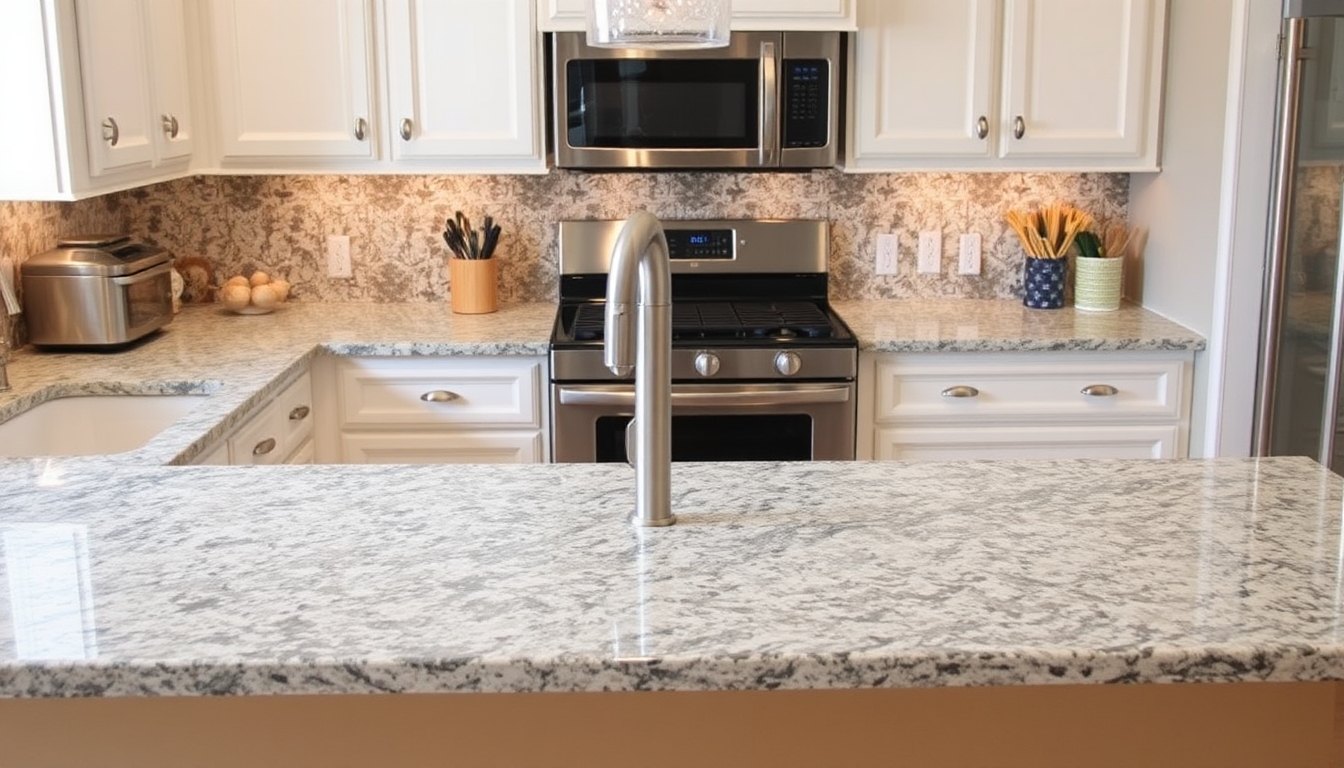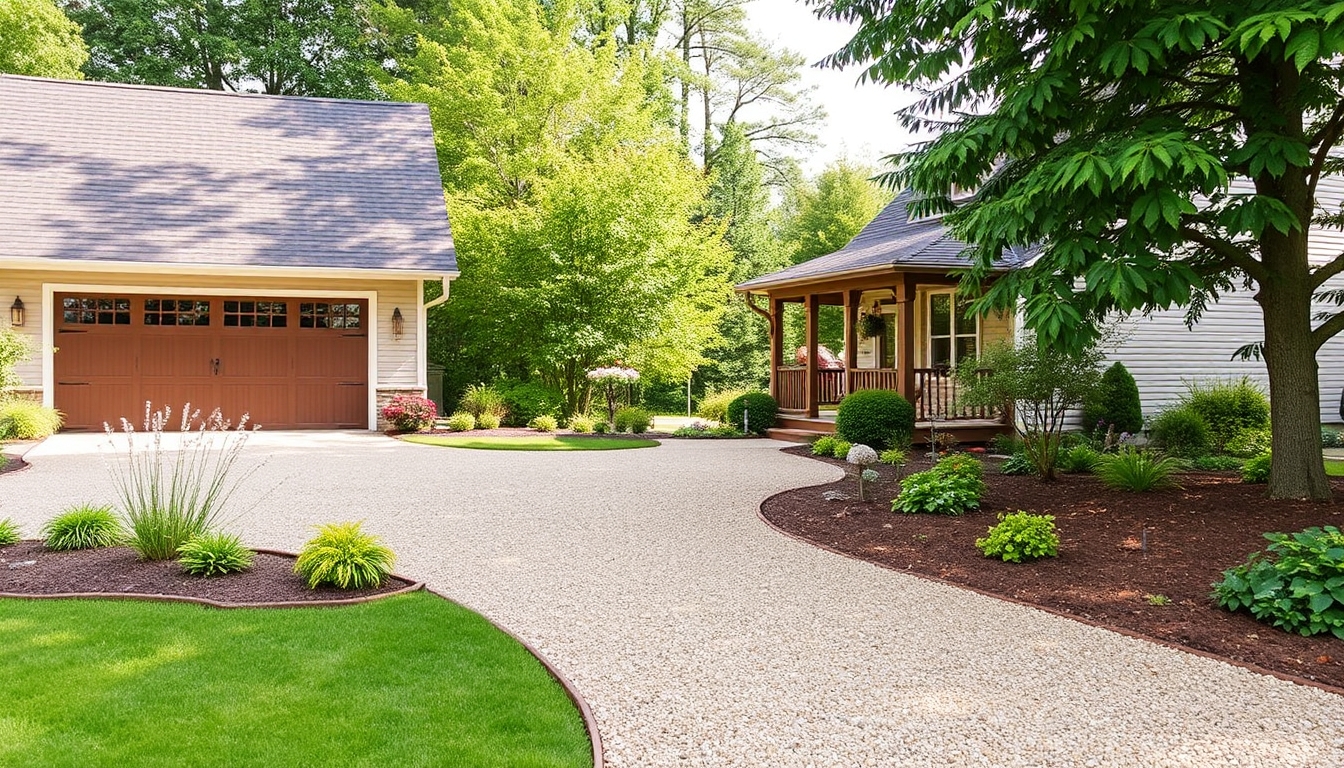Welcome to our informative blog post, where we will guide you through the process of creating your very own easel for all your artistic endeavors. Whether you’re a seasoned artist or just starting out, having a sturdy and reliable easel is essential for a successful creative journey. In this step-by-step guide, we will provide you with detailed instructions and valuable tips to help you build a DIY easel that suits your specific needs. So, roll up your sleeves, gather your tools, and let’s dive into the world of DIY easel construction!
Materials Needed
Before you begin constructing your DIY easel, gather the following materials:
- Wood: Choose a sturdy and durable wood such as pine or birch for the main frame and support pieces.
- Saw: A handsaw or circular saw will be needed to cut the wood to the desired dimensions.
- Screws: Opt for quality screws that are long enough to secure the pieces together firmly.
- Drill: A drill will be necessary to create pilot holes for the screws.
- Screwdriver or Drill Bits: Ensure you have the appropriate screwdriver or drill bits for driving the screws into the wood.
- Sandpaper: Smooth out any rough edges or surfaces using sandpaper with different grits.
- Wood Glue: Use wood glue to reinforce the joints and add extra stability to your easel.
- Measuring Tape: Accurate measurements are crucial, so keep a measuring tape handy.
- Pencil: Mark the dimensions and reference points on the wood before cutting or drilling.
- Clamps: Clamps will help hold the pieces in place while you work on assembling the easel.
Optional items:
Depending on your preferences and the design you choose, you may also need:
- Hinges: If you want your easel to be foldable and easily transportable, hinges will be necessary.
- Palette Holder: Consider adding a palette holder to conveniently hold your paints and brushes while you work.
- Paper Holder: If you plan on using paper instead of canvas, a paper holder attachment can be useful.
With these materials ready, you’re well-prepared to embark on the journey of building your own easel!
Choosing the Right Design
When it comes to DIY easels, there are various designs to choose from based on your personal preferences and artistic needs. Here are a few popular options:
H-Frame Easel
The H-frame easel is known for its stability and sturdiness. It consists of a vertical mast in the shape of the letter “H,” with a support beam that holds the canvas or artwork. This design is ideal for larger canvases and heavy artwork, providing excellent support and minimizing the risk of wobbling or tipping.
A-Frame Easel
The A-frame easel, also referred to as a tripod easel, is a classic and versatile design. It features three legs that form an “A” shape when extended. A central pivot point allows you to adjust the angle of the canvas or artwork. A-frame easels are lightweight, portable, and suitable for small to medium-sized canvases.
Tabletop Easel
If you have limited space or prefer to work at a table, a tabletop easel might be the perfect choice. These compact easels can be placed on any flat surface and provide a stable platform for smaller canvases or artwork. Some tabletop easels come with built-in drawers or compartments for storing art supplies.
Convertible Easel
A convertible easel offers the flexibility to switch between different configurations, such as a standing easel or a tabletop easel. This design is ideal for artists who like to work in various settings or who have limited storage space. Convertible easels often come with adjustable features to accommodate different canvas sizes.
Consider your workspace, preferred canvas size, and mobility requirements when selecting the design that best suits your needs. Each design has its own unique advantages, so choose one that aligns with your artistic style and working environment.
Step-by-Step Construction Process
Now that you have gathered the necessary materials and chosen a design, let’s walk through the step-by-step process of constructing your DIY easel:
1. Measure and Cut the Wood
Using your measuring tape and pencil, carefully measure and mark the dimensions for the various components of your easel. Use a saw to cut the wood pieces according to your measurements, ensuring clean and accurate cuts.
2. Create Pilot Holes
Before securing the wood pieces together, create pilot holes using a drill. Pilot holes help prevent the wood from splitting when you drive in the screws.
3. Assemble the Main Frame
Start by assembling the main frame of the easel. Depending on the chosen design, follow the specific instructions for joining the different pieces together. Use screws and wood glue for added strength and stability.
4. Attach Support Pieces
Attach the support pieces to the main frame, ensuring they are properly aligned and securely fastened. These support pieces will hold the canvas or artwork in place.
5. Sand and Smooth
Take some sandpaper and carefully sand down any rough edges or surfaces to create a smooth finish. This step will not only enhance the appearance of your easel but also prevent any potential splinters.
6. Optional Additions
If you opted for additional features such as hinges, palette holders, or paper holders, now is the time to install them according to the manufacturer’s instructions.
7. Test and Adjust
Once your easel is assembled, give it a thorough inspection. Test its stability and adjust any components if necessary. Make sure the easel can hold your desired canvas size securely.
By following these step-by-step instructions, you’ll soon have a functional and personalized easel ready to support your artistic journey!
Finishing and Personalizing Your DIY Easel
Now that your DIY easel is constructed, it’s time to add the finishing touches and make it truly your own. Here are some suggestions for personalizing your easel:
1. Stain or Paint
You can choose to stain or paint your easel to enhance its appearance and match your personal style. Select a stain or paint color that complements your workspace or stands out as a statement piece.
2. Seal the Wood
To protect the wood and ensure its longevity, consider applying a wood sealant or varnish. This will help prevent moisture damage and keep your easel looking pristine for years to come.
3. Add Storage
If you require additional storage for your art supplies, you can attach hooks, pegs, or small shelves to your easel. This will keep your brushes, paints, and other tools within reach while you work.
4. Customizations
Feel free to get creative and add your own customizations to the easel. You can attach a small corkboard or whiteboard for notes and sketches, or even incorporate LED lights for better visibility in your workspace.
5. Test and Adjust
Once you’ve completed the personalization process, test your easel again to ensure that all modifications have not compromised its stability. Make any necessary adjustments to maintain its functionality.
Remember, personalizing your DIY easel allows you to make it uniquely yours and enhances both its aesthetics and functionality. Embrace your creativity and make it a reflection of your artistic journey!
Conclusion: Unleash Your Creativity with Your DIY Easel
Congratulations on successfully creating your very own DIY easel! Now, you have a reliable and customized tool to support your artistic endeavors. Let’s recap what we’ve covered:
Materials and Design:
We discussed the materials you’ll need, such as wood, screws, and tools, as well as different easel designs to choose from, including H-frame, A-frame, tabletop, and convertible easels.
Construction Process:
We provided a step-by-step guide on how to measure, cut, assemble, and finish your easel. From creating pilot holes to sanding and personalizing, each stage was explained in detail.
Personalization and Customization:
We emphasized the importance of personalizing your easel to match your style and needs. Staining or painting, adding storage options, and incorporating customizations are all ways to make it uniquely yours.
By building your own easel, you not only save money but also gain a deeper connection with your artistic tools. Your DIY easel will serve as a reliable companion throughout your creative journey, providing the stability and support necessary for your artwork.
Now that you have the knowledge and skills to create your own easel, it’s time to unleash your creativity and let your imagination soar. Dive into your art projects with confidence, knowing that you have a reliable and personalized easel by your side.
So, gather your supplies, follow the steps outlined in this guide, and start constructing your DIY easel today. Happy creating!
Tips for Maintaining and Caring for Your DIY Easel
Now that you have your DIY easel, it’s important to properly maintain and care for it to ensure its longevity. Here are some tips to keep your easel in top condition:
1. Regular Cleaning
Periodically clean your easel to remove dust, dirt, and any art materials that may have accumulated. Use a soft cloth or a brush to gently wipe away any debris. Avoid using harsh chemicals that may damage the wood or finish.
2. Inspection and Tightening
Regularly inspect your easel for any loose screws or joints. Tighten them if needed to maintain stability and prevent wobbling. This will ensure that your artwork remains secure and steady while you work.
3. Surface Protection
Consider adding protective pads or rubber feet to the bottom of your easel’s legs. This will prevent scratches on the floor and provide additional stability.
4. Storage and Transportation
When not in use, store your easel in a safe and dry place to avoid exposure to excess moisture or extreme temperatures. If you need to transport your easel, disassemble it carefully and pack each component securely to prevent any damage.
5. Avoid Overloading
Be mindful of the weight and size of the artwork you place on your easel. Avoid overloading it with canvases that are too heavy or large for the easel’s capacity. This will help maintain the integrity of the easel’s structure and prevent any potential accidents.
6. Regular Maintenance
Perform regular maintenance tasks such as tightening screws, reapplying wood sealant if necessary, and addressing any signs of wear or damage promptly. This will ensure that your easel remains in optimal condition for a long time.
By following these maintenance tips, you can enjoy your DIY easel for years to come, allowing it to continue supporting your artistic pursuits and nurturing your creativity.
Conclusion: Embrace the Artistic Freedom with Your DIY Easel
Building your own DIY easel is not only a rewarding experience but also a practical and cost-effective way to support your artistic journey. By following the steps outlined in this guide and personalizing your easel, you have created a tool that reflects your unique style and meets your specific artistic needs.
Unleashing Your Creativity:
Your DIY easel provides a sturdy and reliable platform for your artwork, allowing you to explore different mediums, experiment with techniques, and express your creativity freely. With its stability and personalized features, you can focus on honing your skills and bringing your artistic visions to life.
A Long-lasting Companion:
By properly maintaining and caring for your easel, you can ensure its longevity and continued functionality. Regular cleaning, inspections, and maintenance tasks will keep your easel in excellent condition, ready to support you throughout your artistic endeavors for years to come.
Artistic Freedom and Growth:
Having your own DIY easel grants you the freedom to create art whenever and wherever you choose. Whether you’re a professional artist, a hobbyist, or just starting out on your artistic journey, your easel will be there to provide a stable foundation for your growth and development as an artist.
So, embrace the artistry that flows through you and let your DIY easel be your faithful companion on this creative path. Explore, experiment, and create with confidence, knowing that your customized easel supports your artistic expression and fuels your passion for the visual arts.
Now, go forth and paint, draw, or sketch with joy and enthusiasm. Your DIY easel is ready to elevate your artistry to new heights!
Explore the Limitless Possibilities with Your DIY Easel
Your DIY easel opens up a world of possibilities for your artistic endeavors. Let’s delve into some of the exciting opportunities and benefits it brings:
1. Versatility in Art Mediums
With your DIY easel, you have the freedom to explore various art mediums. Whether you prefer working with acrylics, oils, watercolors, or mixed media, your easel provides a stable and adjustable platform to accommodate different techniques and materials.
2. Comfortable and Ergonomic Workstation
Creating art can be physically demanding, but your DIY easel can help alleviate strain on your body. Adjust the height and angle of the canvas to find a comfortable working position, allowing you to focus on your art without discomfort or fatigue.
3. Improved Focus and Concentration
Having a designated space for your art, supported by your DIY easel, helps create a mindset of focus and concentration. By eliminating distractions and providing a dedicated space for your artistic practice, your easel enhances your ability to immerse yourself fully in the creative process.
4. Professional Presentation
Displaying your artwork on a professionally crafted easel adds a touch of sophistication and elevates the presentation of your pieces. Whether showcasing your art at exhibitions or simply admiring it in your studio, your DIY easel enhances the overall aesthetic appeal of your artwork.
5. Enhanced Learning and Skill Development
Using a reliable and customizable easel allows you to experiment with different art techniques and styles. As you continue to explore and practice, your DIY easel becomes a valuable tool for learning, growth, and the development of your artistic skills.
6. Expressive Freedom
Your DIY easel serves as a platform for self-expression and unleashing your unique artistic voice. It supports you in translating your ideas and emotions onto canvas, enabling you to communicate and connect with others through your art.
Embrace the limitless possibilities that your DIY easel brings. Let it be a catalyst for your artistic exploration, growth, and fulfillment. With your easel by your side, you have the power to create, inspire, and make a lasting impact through your art.
In conclusion, building your own DIY easel opens up a world of possibilities for your artistic journey. With a sturdy and personalized easel by your side, you can explore different art mediums, find a comfortable working position, and elevate the presentation of your artwork. By maintaining and caring for your easel, it will continue to support your creative endeavors for years to come.
Embrace the freedom and versatility that your DIY easel provides. Let it be a source of inspiration and a platform for self-expression. Whether you’re a seasoned artist or just starting out, your easel will be a faithful companion, encouraging your growth and helping you unleash your creativity.
So, gather your materials, follow the steps outlined, and embark on the exciting journey of building your own easel. Embrace the artistry within you, explore new techniques, and let your imagination soar. With your DIY easel, the possibilities are limitless, and the artistic world is yours to conquer!





